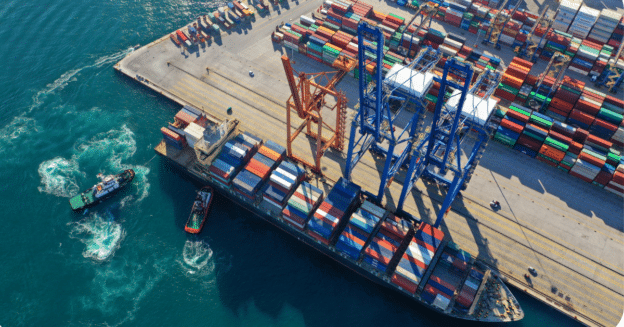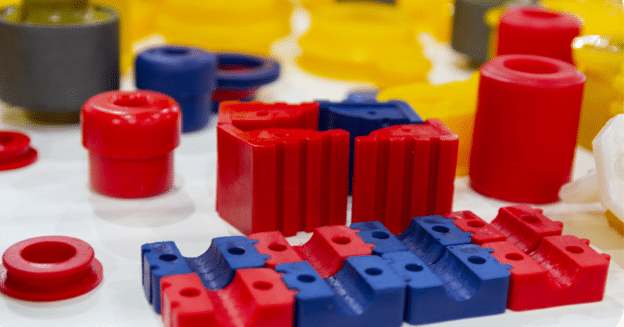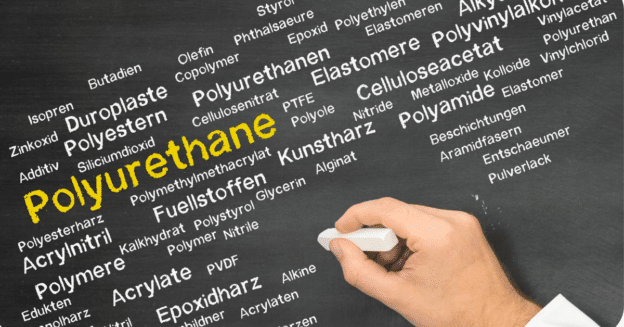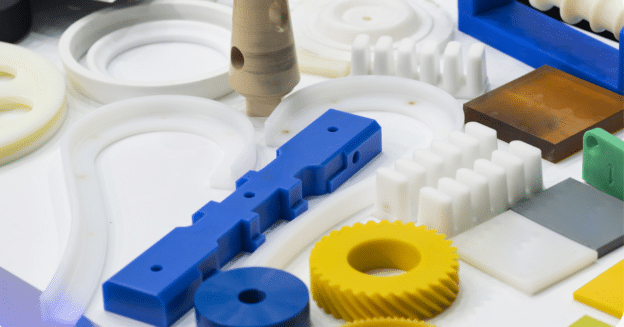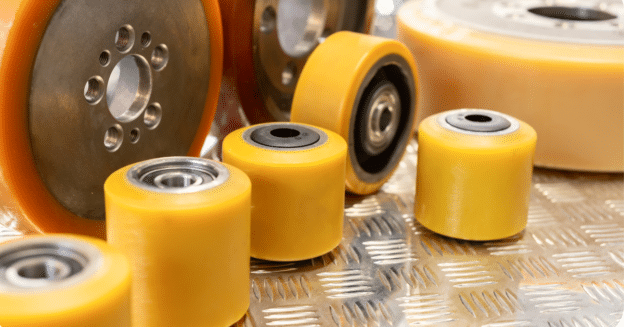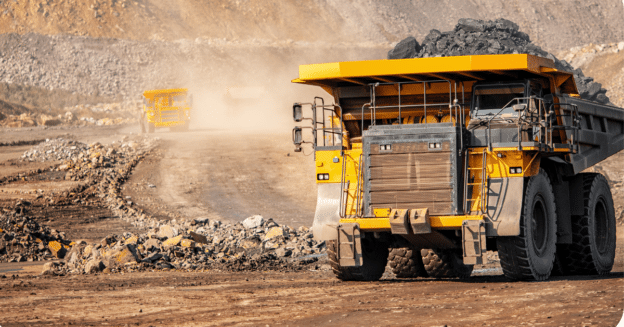Urethane parts and components have a frequent usage in various applications in the marine industry due to their myriad of benefits. For example, urethane epoxy resin is used to seal boat hulls from water, corrosion, and other weather elements that reduce durability and affect hydrodynamics.
If you are looking for a reputable marine industry urethane parts supplier, we can help. Uniflex Inc. has been a leading manufacturer of custom molded urethane products in the US since 1979. We have mastered the ability to produce highest quality urethane parts that meet customer expectations and turnaround times while keeping the costs low.
The marine industry used our in-house engineering, production, and machining services for many applications. We can go from “print” to “production” within a matter of days!
Why Choose Marine Industry Urethane Parts
If you’re still on the fence about using urethane parts for your maritime operations, remember, urethane is the preferred material of choice of marine industry designers and manufacturers across the world.
Epoxy Resins from Urethane for Seal Vessels
The epoxy resins made from urethane are incredibly popular when used to seal vessels, including:
- Speedboats
- Catamarans
- Sloops
- Rowboats
- Skiffs
- Kayaks
- Canoes
In addition, polyurethane is known for its ability to fortify diving equipment for seafloor explorers.
Boaters today can enjoy the comfort and luxury of home inside nearly any sea vessel, thanks in part to foam made from polyurethane (Flexible Polyurethane Foam or FPF). It makes carpet pads and seat cushions firm but super soft and also keeps bedding materials comfortable and supportive. It can also be molded to fit into those tiny, hard-to-furnish corners found on boats.
The Best Combination of Factors
Uniflex Inc. works closely with boat manufacturers to find the best combination of factors to meet the needs of the high seas. Such factors involve:
- Foam density
- Resiliency
- Softness
- Affordability
Based on your needs, the polyurethane foam can also be made temperature-sensitive and visco-elastic to continuously fit to a person’s desired shape. Doing so helps to minimize pressure points, relieve stress, and provide immense support. But foams aren’t the only polyurethane application for the marine industry. Another huge staple of the marine industry is solid cast urethane elastomers.
Marine industry cast urethane parts resist water absorption, obviously, but they have all the good qualities of metal and rubber. Marine industry urethane parts are as durable and tough as metal but also as flexible as rubber.
Durometers
In addition to these properties, the diverse range of hardness (Durometers) allows our engineers to design parts that are ideal for boat construction. Components in which urethane has now replaced traditional materials including:
- Urethane:
– Rollers
– Wheels
– Impellers
– Sprockets
– Wear plates
– Sleeve bearings
Where You Can Get The Best Urethane Parts
At Uniflex Inc., our engineers work with some of the most well-recognized and distinguished marine companies in the world. Our list of custom materials and services is ever-growing as is our wealth of maritime industry knowledge. As a result, we are continually expanding our technical capabilities, keeping us ahead of the competition while still making sure we meet and exceed your needs.
You can trust that through our services, you will receive only the absolute best urethane parts.
Choose Uniflex Inc. For All Your Marine Industry Urethane Parts Needs
The specifications you send us are critical, and we use only the best materials possible to meet the increasingly demanding requirements of the boating industry. All our manufacturing processes and products adhere to the most stringent quality assurance standards. Before we ship your order, we individually inspect each product to ensure you receive only the best. To learn more about our marine industry urethane parts, you can call us at 248-486-6000 or drop us a message online.


